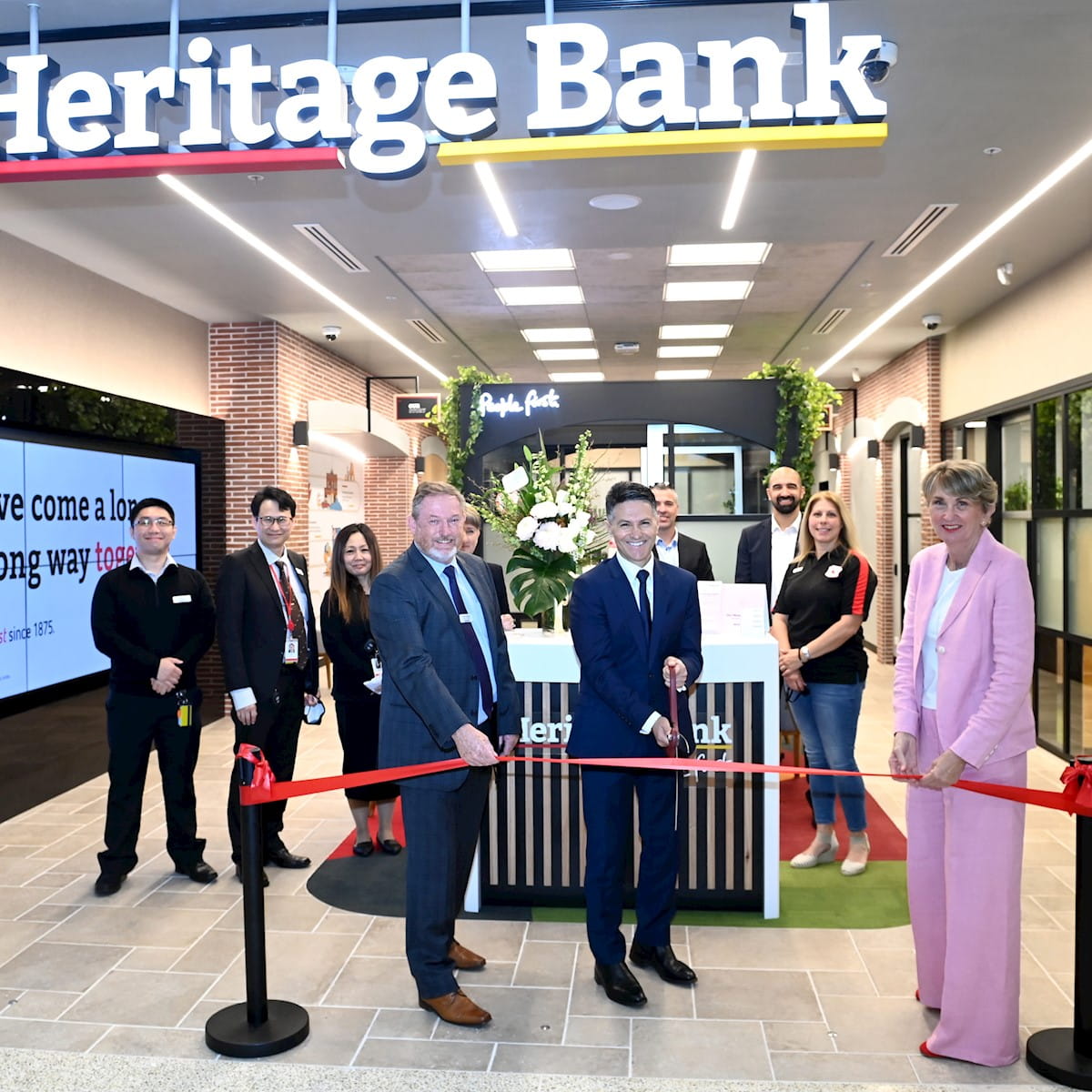



Article by: Hari Yellina
Regional and rural banking services in Australia are still being strained at a time when COVID-19’s demographic repercussions are causing a significantly greater demand for them. The topic of branch reductions in the bush is a complicated one. The federal government has completed the discussions for the Regional Banking Taskforce, which will analyse the impact of bank branch closures and work with banks and companies to find practical solutions. The taskforce’s findings are likely to be released soon. Nonetheless, it’s also apparent that if we want to keep a strong banking presence in regional Australia, we’ll need to think differently – and depending on listed banks for solutions isn’t going to cut it.
That isn’t meant to be a dig at the large banks. It’s just a part of their business plan. Its primary goal as publicly traded companies is to pay dividends to their shareholders. It’s a foregone conclusion that the large banks will close branches as digital transactions grow – a process that COVID has hastened – and branches become less and less profitable. Indeed, the four major banks have closed an estimated 350 branches across Australia since the start of 2020. When banks close their branches, people in rural and regional areas suffer disproportionately. If one branch closes in a city, another is usually only a few minutes away.
The idea is to take use of customer-owned banks like Heritage Bank’s much more community-focused attitude to cooperate with local communities and build innovative new banking models. By their very nature, mutual banks are driven by what is best for their members – the people who own them. Customer-owned banks don’t have the same need to maximise earnings as listed banks because they don’t have shareholders to pay dividends to. At Heritage, there are seven community branches that work in partnership with local businesses to serve the community. In some rural places, the nearest branch could be hundreds of kilometres away. Heritage and the community company split the revenues, with the community company’s share going back into the community through community grants to deserving local organisations.